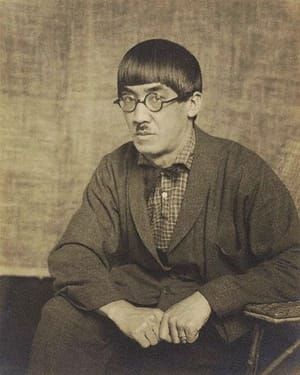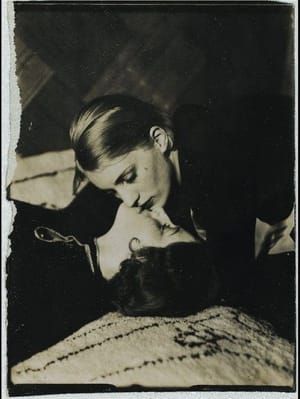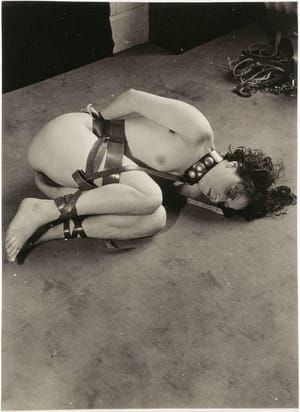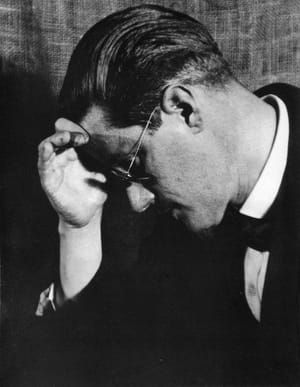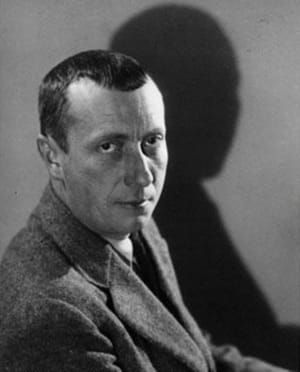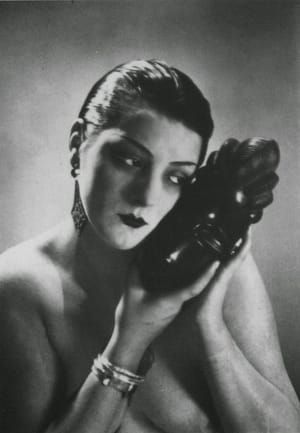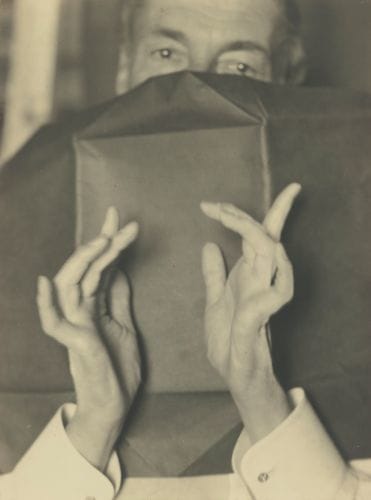

Harry Melvill, 1925
Man Ray
The sitter in this mysterious photograph is the English barrister Harry Edwards Melvill (1866-1931), a member of the social and artistic circles in France and England at the turn of the last century. Oxford-educated, Melvill worked for British intelligence during the First World War.
His long-time partner was the actor and playwright Cosmo Gordon-Lennox, and he counted amongst his friends both Oscar Wilde and Jean Cocteau. In his later years, he was part of a society set that revolved around the Duchess of Carracciolo at the Villa Olga in Dieppe, the center of a notable expatriate English community. Melvill’s tapered, elegant hands are a prominent feature in the portrait of him painted by Jacques-Emile Blanche.
The meaning of this extraordinary photograph remains, at present, obscure. Melvill’s face is partially covered, possibly by stiff, folded paper. Is he mimicking the act of photographing? Was this originally intended as a study of hands? Was the vain Melvill attempting to hide his aging face? Or is this a sly reference to Melvill’s work with the censorship bureau of British intelligence during the War?
Another print of this image is owned by the Philadelphia Museum of Art, a gift of the photographer Carl Van Vechten in 1949; that print is inscribed on the reverse ‘Harry Melvill (friend of Oscar Wilde).’ At the time of this writing, two other prints are known: one sold at Sotheby’s Belgravia in 1978, originally from the collection of Richard Smart, a gift to him from Melvill; and one offered in Galerie Rudolf Kicken’s Katalog 6, possibly the Sotheby’s Belgravia print.
(http://www.sothebys.com/en/auctions/ecatalogue/lot.76.html/2014/175-masterworks-n09275)
Uploaded on Jul 5, 2017 by Suzan Hamer
Man Ray
artistArthur
Wait what?

